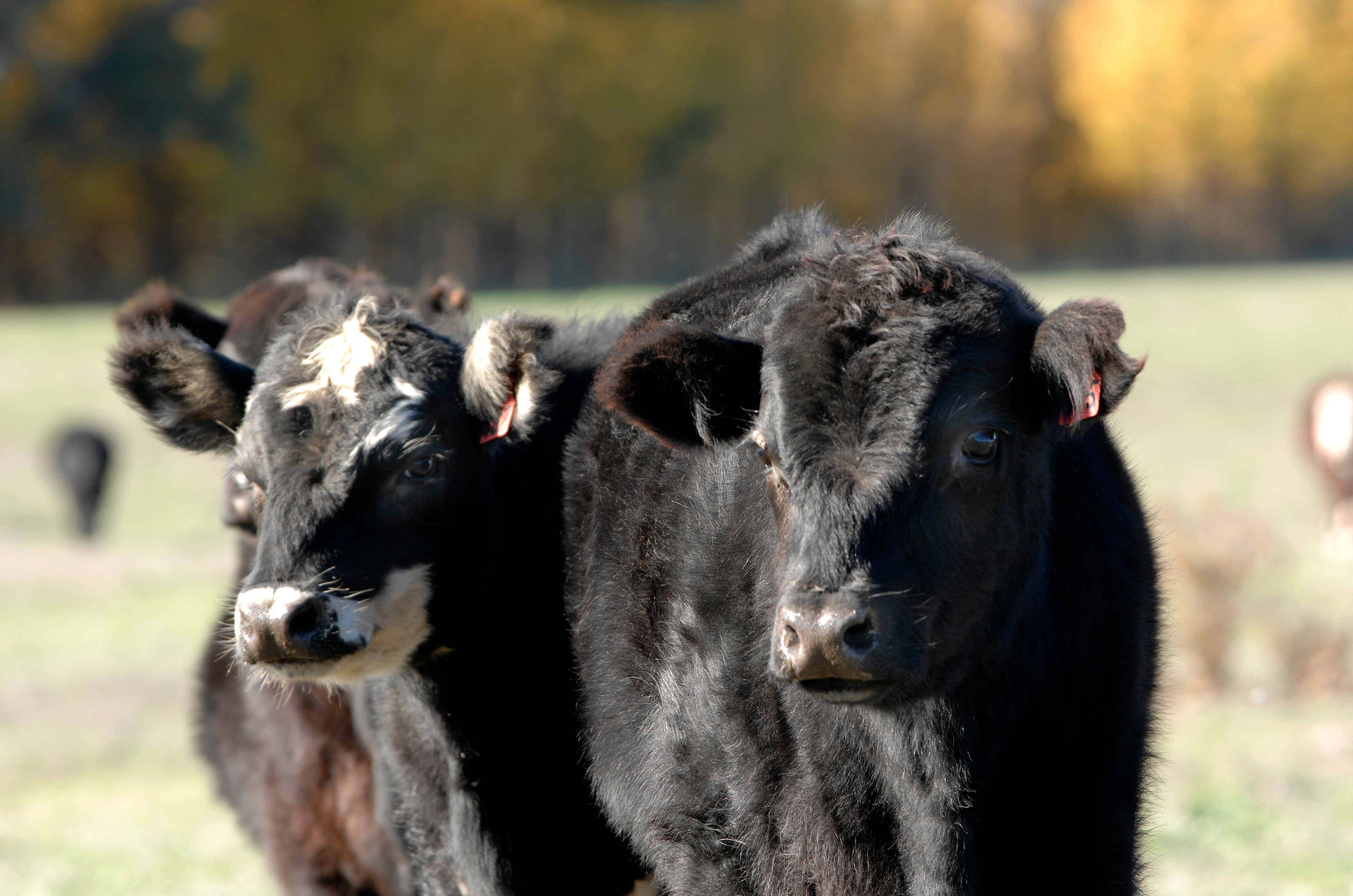
Work on standardising the livestock language used throughout Australia’s beef industry is progressing, with a consultation phase involving beef industry organisations starting soon as part of the industry’s response to the Beef Language Review White Paper.
The Beef Language Review was initiated by Peak Industry Councils – Australian Meat Industry Council (AMIC), Australian Lot Feeders’ Association (ALFA) and Cattle Council of Australia (CCA) – and commissioned by Meat & Livestock Australia (MLA) and the Australian Meat Processor Corporation (AMPC).
It examined how developments in science and technology and growing consumer understanding might reshape the trading language used across the Australian beef industry to ensure greater consistency.
The Beef Language Review contained 46 recommendations, and to date, 12 of those recommendations have been implemented, with many more being addressed through longer term research programs.
MLA Group Manager – Adoption and Commercialisation, Sarah Strachan, who is chair of the Livestock Language Review Expert Group, said significant progress is being made on drafting recommended standards, guidelines and glossary for a Bovine Livestock Language.
“The Livestock Language Review Expert Group is a group of industry experts that represent the supply chain. It has completed Stage One of the project, which delivered a comprehensive desktop assessment and mapping of the terms and systems used across the industry globally to describe bovine livestock attributes,” Ms Strachan said.
“Stage Two is now underway and involves the Expert Group analysing the mapping that was done. This will inform a set of draft recommended standards, guidelines and glossary for a Bovine Livestock Language.
“The Expert Group will then consult with industry organisations that use livestock descriptors to gather feedback, including with seedstock breeders, finishing producers, agents, live exporters, and processors.
“The final outcome is likely to be a recommended ³Ô¹ÏÍøÕ¾ Livestock Language Standard presented to the Australian Meat Industry Language and Standards Committee.”
Ms Strachan said standardising language to describe livestock and their traits was vital to ensuring the industry could deliver in future market environments, and create consistencies across all platforms that use livestock terminology.
“This ‘whole of chain’ approach to a standard livestock language used by all parties, will aid in generating greater value from information collected, because carcase and chiller assessment data can be more easily linked to genetic evaluation programs,” Ms Strachan said.




